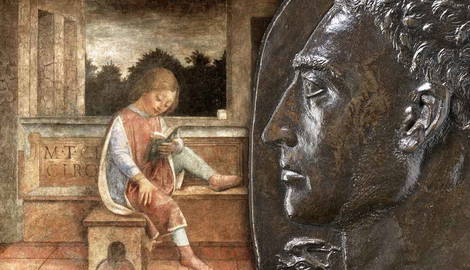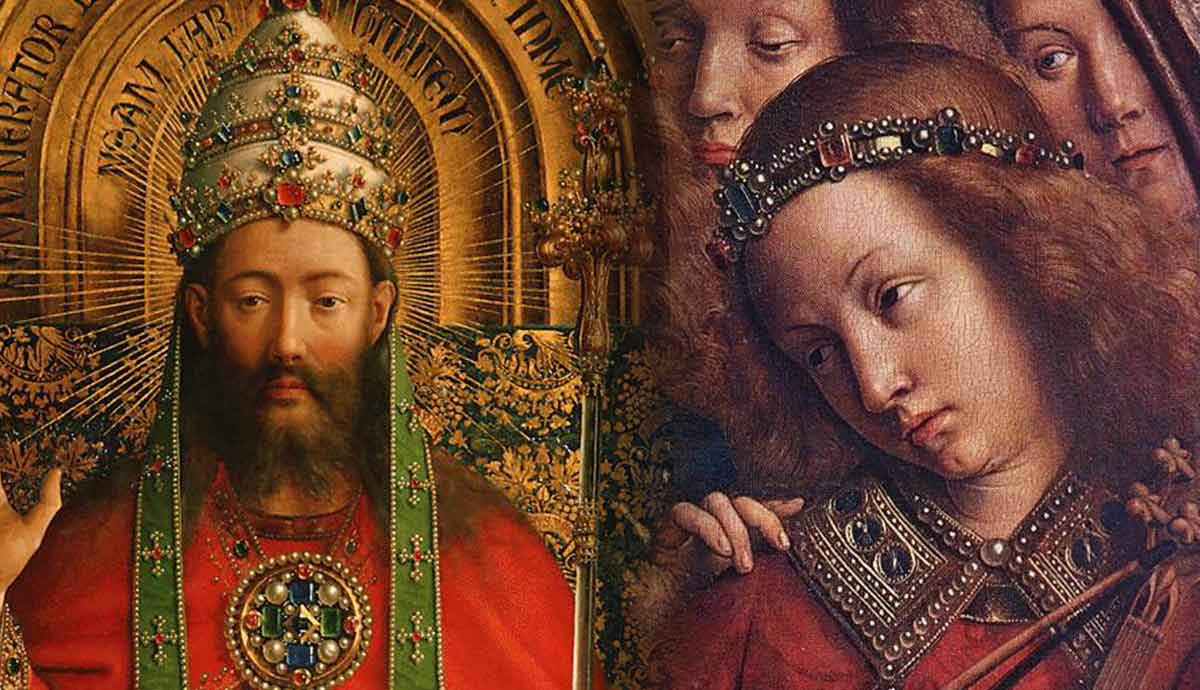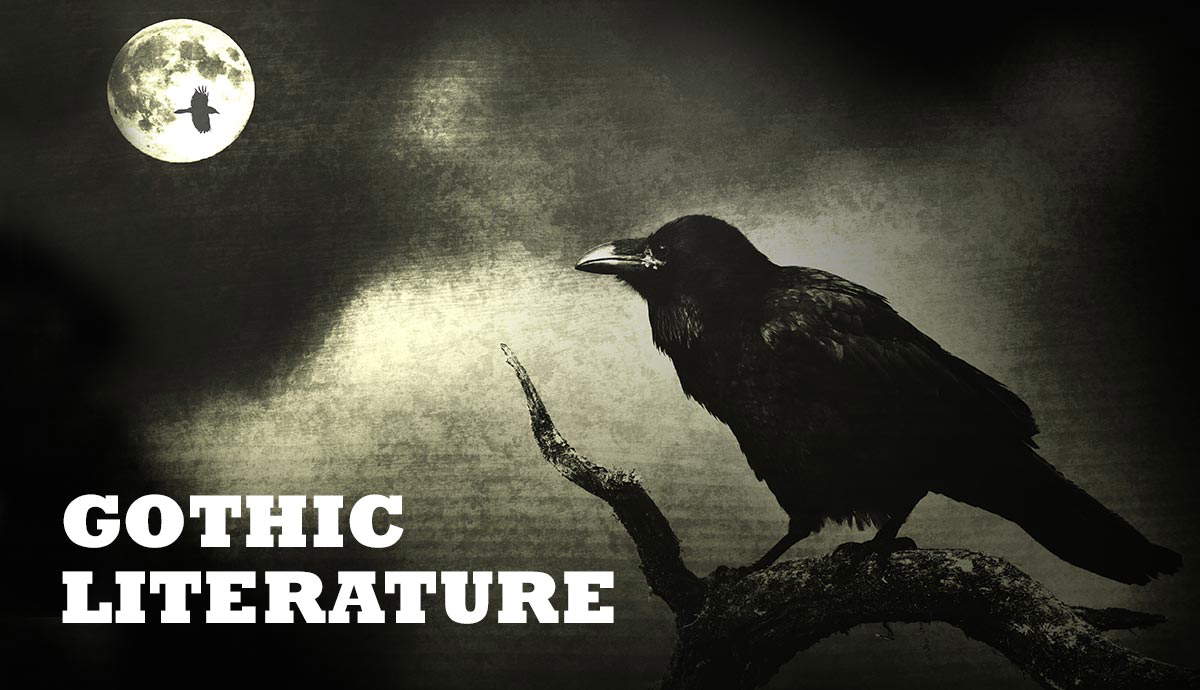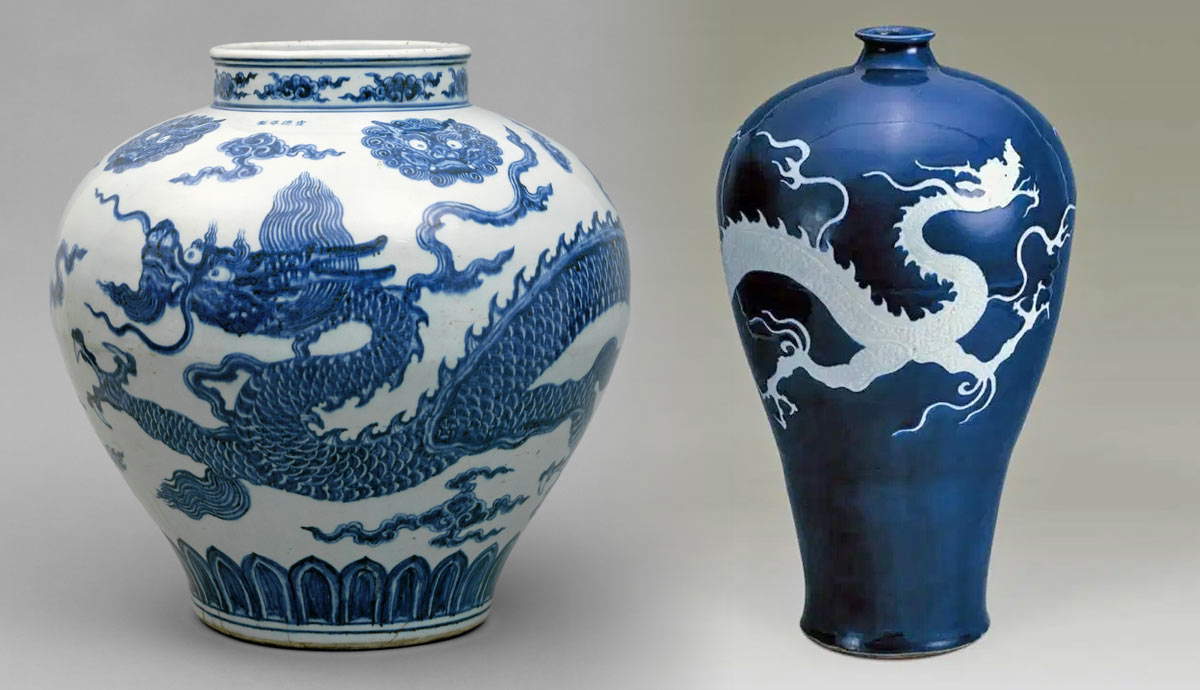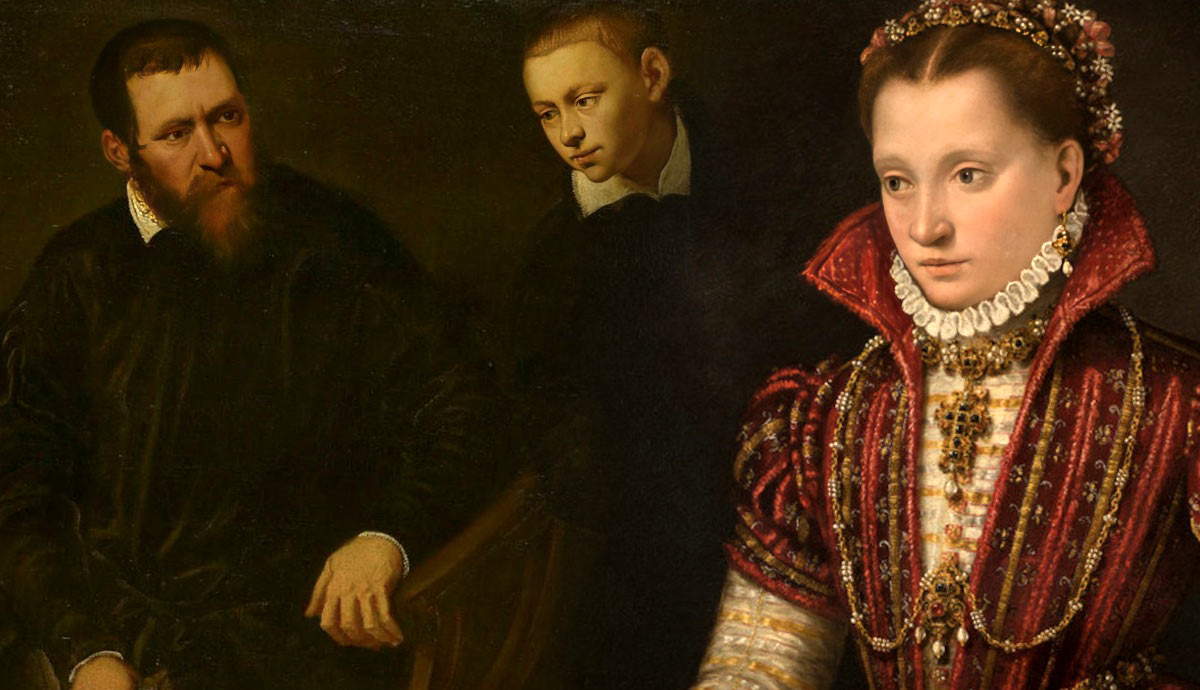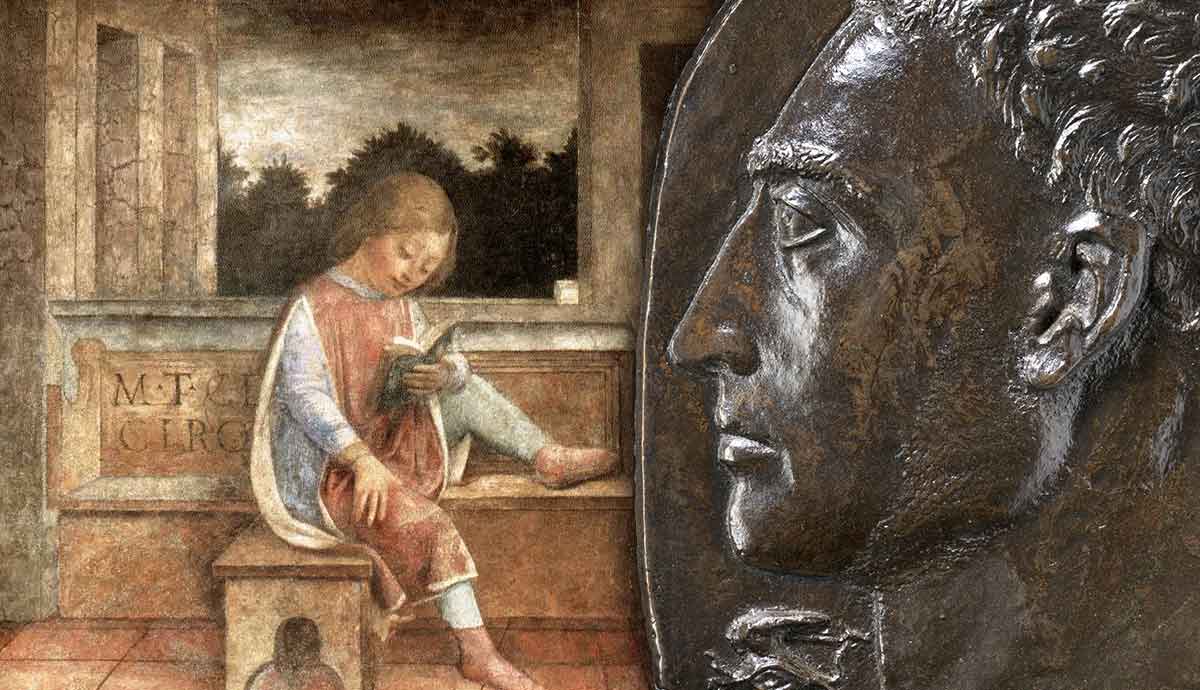
In his seminal book of art theory entitled On Painting, Leon Battista Alberti staked a claim for painting as a liberal art for the first time. Split into three sections dealing with geometry, art theory and method, and the ethical constitution of great painters, this brief treatise straddles several disciplines and marks a departure for the status of painting. It insists on a balance of the complementary states of truth and beauty, ethics and aesthetics, for the achievement of greatness in painting.
Alberti’s Mirror: Art Theory and Morality in On Painting

“I consider it a great satisfaction to have taken the palm in this subject, as I was the first to write about this most subtle art.” (Leon Battista Alberti, On Painting, 1435)
Jakob Burckhardt wrote his classic The Civilisation of the Renaissance in Italy in the 19th century, and it has since been seen as groundbreaking in its field. Burckhardt chose as an example of the archetypal Renaissance man, that is, a figure of vast, varied, and deep knowledge, the Florentine Leon Battista Alberti (1404-72). Alberti’s learning extended from literature, through science to art, and he could be described as a practitioner of each — not just a scholar.
In 1435, the first (Latin) edition of his treatise On Painting appeared as De Pictura. This work is the first known book on art theory in Europe, as the author himself was not shy of writing. He divides this short but seminal work into three chapters. The first deals with the foundation of pictorial construction for the painter: the geometry of shapes, surfaces, and planes. In the second chapter, Alberti speaks of the elements of painting, from drawn outlines to the overall composition of a painting, and, finally, the “reception of light.” This latter element relates the process and effects of shading with the (sparing, he insists) use of black and white. The last chapter speaks of the moral constitution of the best painters.

The book is a work of art theory, but it does not solely focus on that topic. It encompasses mathematics, moral philosophy, art criticism, and art history. But above all, it is an exhortation of the young painter to study the harmonious structure of nature as a guide. The influence of this book is inestimable and has reached Piero della Francesca, Leonardo da Vinci, and countless other major painters of the Renaissance in Italy.
Painting’s New Status and Scope

The seven liberal arts were established since Greek antiquity as central to education by the time of the publication of On Painting. These were divided into two sections. The quadrivium consisted of music, astronomy, geometry, and arithmetic. Logic, rhetoric, and grammar constituted the trivium.
Caroll W. Westfall writes of Alberti’s near contemporary Coluccio Salutati; of the liberal arts Salutati prioritized grammar, calling it “the gateway to all the liberal arts and to all learning, human and divine.” Alberti explicitly calls the geometry of surfaces the grammar of painting, and so it also stands for the structure underlying the harmony of nature. This harmony, as rendered in the painting Alberti calls concinnitas.

Alberti’s claim that painting is a liberal art was new for his time and would not have been uncontroversial. He writes in no uncertain terms of painting as “the mistress of all the arts and their principle and ornament.” The book itself cites the need for the painter to have knowledge—theoretical and practical—of geometry, the composition of a picture, rhetoric, and poetry. Alberti also equates the rudimentary elements of painting, such as outline, composition, and lighting with a visual grammar. In doing this he is campaigning for a natural legitimacy for the art of painting as a liberal art that straddles the quadrivium and the trivium. Also grammatical for Alberti is the fusion of the intellectual and the practical — of invention, composition, and the execution of the painting. For Alberti, the successful historia (his ideal form of painting) has the same goal and effect of great rhetoric, that is, to instruct and delight.
Alberti took a dim view of the state of contemporary Italian painting in the 15th century. Although he was devoted to the perfection of painting as “the mistress of all the arts,” he took for his models mainly sculptors. Donatello and Lorenzo Ghiberti were for him exemplars for the painter to follow. Alberti admired these sculptors, especially for their narratives with figures rendered in lifelike relief, and he challenged the ambitious painter to achieve a similar rounded three-dimensionality in their historia.

Alberti’s negative judgment on much painting extended back in time: “You will hardly find any historia of the ancients properly composed, either a painting or modeling or sculpture.” Some scholars have seen this as a criticism of the works of antiquity in Greece and Rome, but it is more likely a reference to Medieval art, given that he refers to painting.
Although Alberti lauds the skills and vision of the sculptors, he maintains that the true and sure source of knowledge and inspiration is nature. Nature is “the wonderful maker of things” and we must dedicate “all our thought and attention to imitating her…” For Alberti, nature is pervaded by “divine reason.” In his volume on architecture, De re aedificatoria, he writes that “concinnitas” is the absolute rule of nature. By this term he means a consonance of parts in nature’s “indissoluble harmony” which the painter is to emulate. He writes of concinnitas as “the spouse of the soul and reason.” Martin Kemp notes that Alberti sees in nature a “complete propriety of form and function,” and that he invokes this as a characteristic of the best paintings.
Alberti capitalizes the word “Nature,” making a personification. As well as nature having an objective structure to emulate, she is also a being in which all beings participate, as in the metaphysics of Plato. He combines this conception with an idea of beauty that is also Platonic: the idea that no one body is wholly beautiful, but each contains beautiful elements of the ideal Form of Beauty which, according to Alberti, is achieved by the greatest painters in their historia. The painter thereby becomes an intermediary between the divine realm of nature and the human sphere, in the Albertian scheme — art being a bridge between nature and man (sic).
Aesthetics and Ethics

In De re aedificatoria, Alberti writes that the mind and energy of the artist (in this case, the architect) should be directed to “realise by construction, whatever can most beautifully be fitted out for the noble deeds of men.” For him, the beauty of an artistic conception is inseparable from its moral worth. He is consistent in this conviction throughout On Painting. As the last chapter of the book makes clear, the greatest historia would be impossible without the highest morals in the painter: “First of all be a good man [sic], well versed in the liberal arts.” Alberti thereby, in addition to the counseling of an ethical life, conflates this ethic with knowledge and the application of the humanistic disciplines encapsulated in the seven liberal arts.
Therefore, the best historiae are both beautiful and moral. They faithfully reflect natural variety within an order. According to Kemp, every element must be in keeping with the whole, while the whole must be “edifying at the highest level.”
In the first chapter, Alberti writes that mathematicians deal with forms “divorced from matter,” while the painters “express ourselves in cruder terms.” Despite this seeming deprecation of painting, it implies its union of form and matter, of structure and object. These “cruder terms” indicate for him a holism, as painting employs mathematics, especially the geometry of form, for an aesthetic end and ethical excellence.

Alberti sees a universal human nature in people of a common aesthetic and moral capacity. The successful historie gives delight and instruction to both the “learned” and “unlearned” alike. He speaks of painting’s “divine power” in making the absent present, representing the dead to the living, and representing the gods, which contributes to general piety.
As outlined, On Painting is not merely a work on painting. As well as a book on art theory and method, it is an exercise in rhetorical persuasion on morality, and of social significance, for all its brevity. Painting for Alberti delights “princes and people, and learned and unlearned.” As such, it is an agent of social cohesion, a collective ethic of human flourishing. The historia becomes an analog for a prosperous and peaceable society. In the painting, all members are to “accord well” with each other. They correspond to the precepts of grace and beauty in size, kind, function, color, and “other similar respects.”
In light of this and his core conviction of variety within order as a mirror of nature, Alberti is not only describing the painting in isolation but describing it as a reflection of an ideal social polity. As for the juxtaposition of colors, it is for people’s social relations: “There is a kind of sympathy among colours whereby their grace and beauty is increased when they are placed side by side.”

In On Painting, there is a mutual involvement of aesthetics and ethics. To attempt to disentangle these from each other—which Alberti’s worldview considers impossible—would be to diminish each. The historia is the pinnacle of aesthetic achievement, a mirror of nature, and an example of and spur to moral action within a humanist context of civic responsibility. It holds the eye and the soul with “pleasure and emotion,” that is, with artistic excellence and compassion. As Westfall writes: “Humanists felt a deep responsibility to other men.” (sic)
Grafton’s “Aporia” and a Possible Response

Anthony Grafton has noted a possibly insoluble dilemma with respect to the Albertian conception of the historia and “the humanistic theory of history.” The quandary consists of the posited incompatibility of the twin demands for truth and beauty in painting. For the absolute truth of human history and affairs, Grafton maintains that the historia must then represent evil conduct at the expense of beauty, or the truth must be sacrificed for the aesthetic ideal envisioned by Alberti. The question is a matter of the tension between idealization and naturalism in content.
But Alberti doesn’t sacrifice truth for decorum if the painter sees and follows his main precept that they be instructed by the rational and divinely balanced natural order of the world. The problem of wrong conduct is inferential by its exclusion from the depiction and forms of nobility, grace, and beauty while not being represented. Also, as wrong conduct, Alberti would maintain, lacks these noble characteristics and therefore is outside of nature, the historia can without contradiction depict nobility in noble style and serve the demand for truth.
Reflections

Alberti recommends a gridded “veil” for the accurate pictorial transfer of the figures and objects of a composition in chapter two. Equally, the veil can allude to the historia itself in a metaphorical fashion, as the latter acts as a fulcrum in the Albertian theory of art, through which the spectator gleans and profits by moral instruction, edification, and delight. In fact, several such “reflections” are implicit in Alberti. The painting is reflective of moral and decorous action; the individual gestures and expressions of the figures reflect (dignified) emotions; the historia reflects the ideal social polity by way of a variety of movements and emotions within an overall rational unity of conception and execution.
On Painting itself reflects the growing importance and autonomy of visual art as a vocation, as well as the lack of unanimity on the question of painting being a liberal art, in view of Alberti’s repeated appeals. Most of all, and most explicitly, the author describes and alludes to the interrelatedness of all the different spheres of learning, and of theory and practice. He deals with geometry, theory and methods of art, moral philosophy, and manual craft.
Just as painting is multi-faceted, so is this book. There is much debate as to how to properly categorize it, some calling it a scientific treatise, some a painter’s handbook, with still others saying it is a Ciceronian oration. It is all these things, perhaps with the addition of it constituting a paean to virtue. Morals are to be acted and to be represented in action and, through this, become beautiful.

Westfall even claims that Alberti places more emphasis on the practice than the principles of painting. Certainly, for him, the art of painting by an artist of “moral worth” is a manifestation of that worth, and it grows with its eliciting from the spectator. The practice of a liberal art within the belief system of humanism is essential for the perfection of learning, creativity, and the person. As an idea, this teaching to practice with industry carries within it a moral imperative. In humanistic thought, the excellence of the human being consists of that of morality and of intellect — one without the other is a defect.
